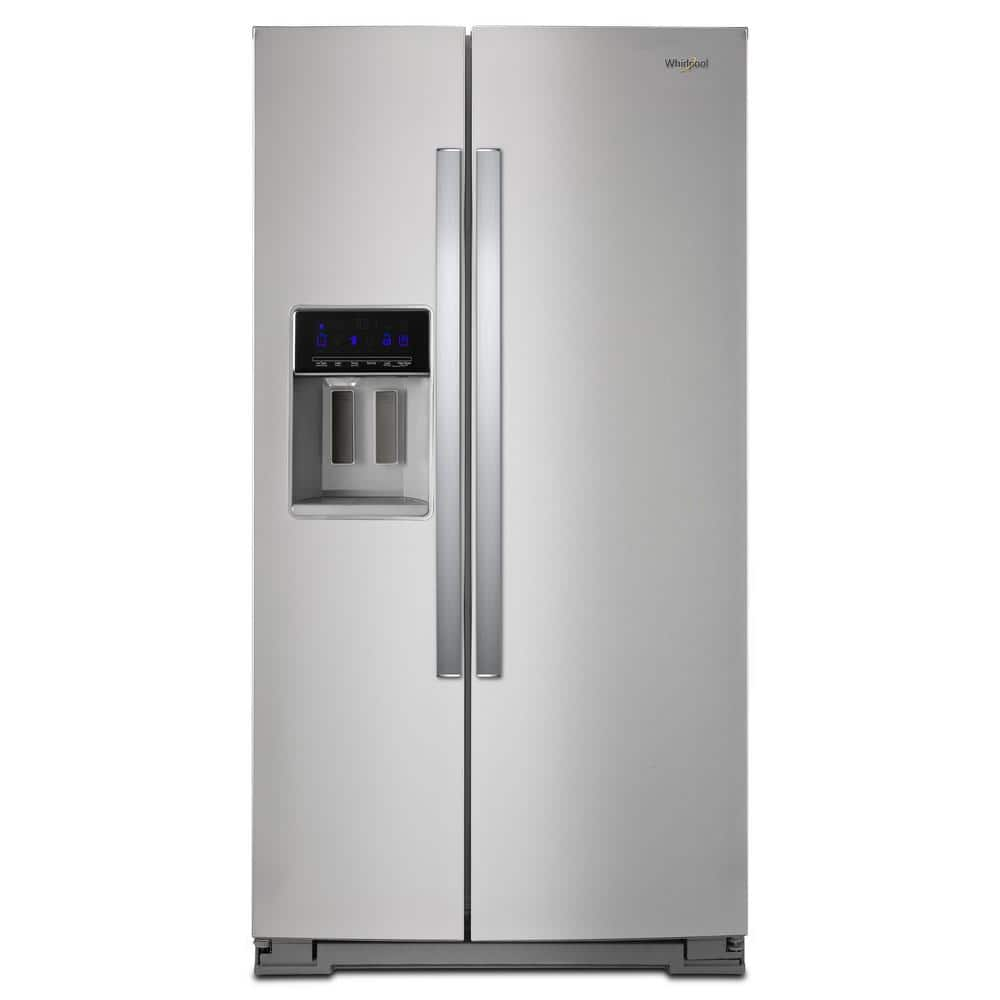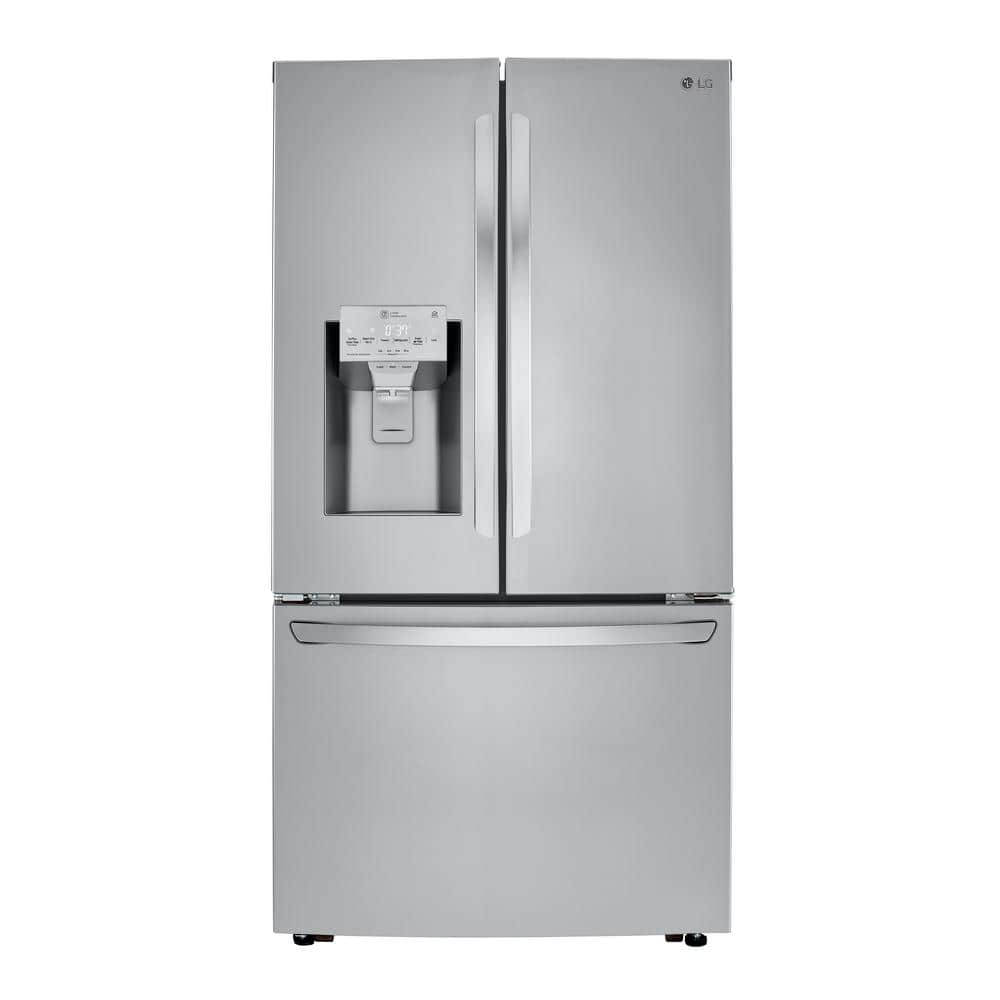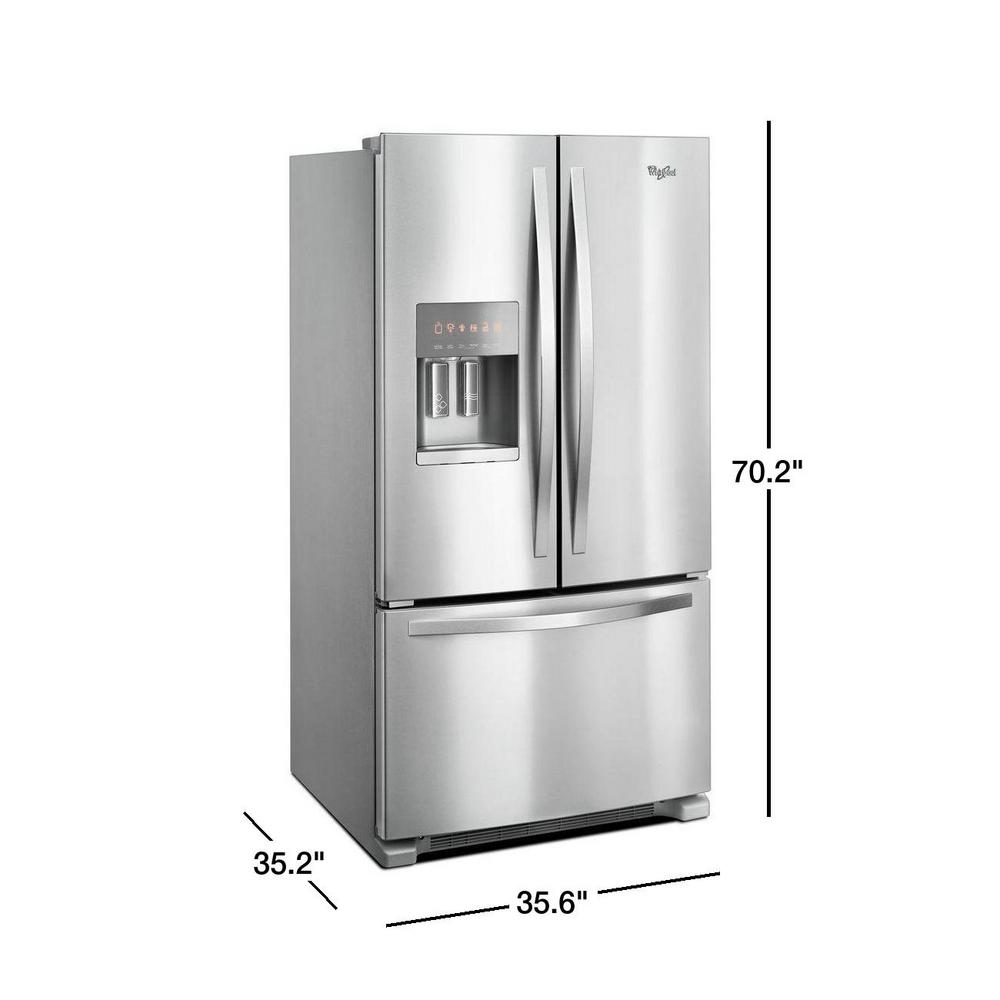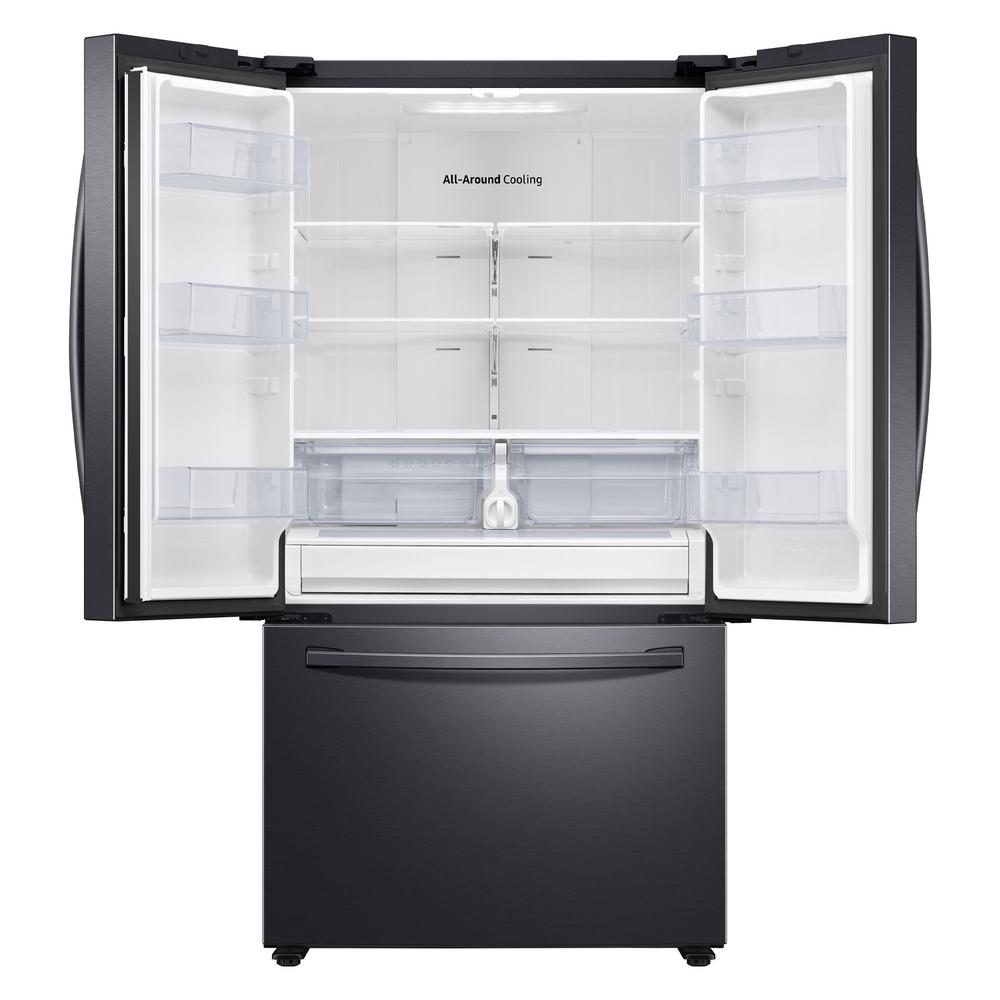Whirlpool 28 cu. ft. Side by Side Refrigerator in Fingerprint Resistant Stainless Steel
Stock up with our largest capacity side-by-side refrigerator. Resist fingerprints and smudges with fingerprint-resistant steel. Get filtered water and ice with the exterior dispenser.
Store more of your family’s favorites with purposeful storage spaces. This extra-large refrigerator features IN-DOOR-ICE storage to give you an extra full shelf in the freezer. Get convenient access to filtered water with the exterior ice and water dispenser with EVERYDROP filtration. Plus, our side-by-side refrigerator’s ACCU-CHILL temperature management system keeps family favorites in their ideal environment with quick cooling.
- Exterior ice and water dispenser with EVERYDROP filtration so you can access fresh filtered water and ice without ever opening the refrigerator door
- In-door-ice storage gives you an extra full shelf in the freezer with an ice bin that’s been moved to the door
- Easily find water and ice at night when you turn on the LED dispenser night-light
- ACCU-CHILL temperature management system cools food quickly with technology that senses and adapts to create the ideal environment for food
- Store more items on each shelf with wall-to-wall frameless glass shelves, which offer greater storage flexibility
- Store fruits and vegetables in their ideal environment with humidity-controlled crispers
- Move the adjustable gallon door bins anywhere in the door for increased loading flexibility when and where you need it
- Easily stock up on the foods they love to eat with our largest 28 cu. ft. capacity side-by-side refrigerator
- Adaptive defrost monitors the freezer environment and runs the cycle only when necessary
- Freshflow air filter is 15 times more effective than baking soda at reducing common food odors; replace the filter every 6 months for optimal performance
- LED interiror lighting keeps food looking as good as it tastes; light is cast inside the refrigerator so food looks like it’s supposed to
- Available in black stainless steel and stainless steel finishes, easy-to-clean steel resists fingerprints and smudges.
- Get a seamless look with hidden door hinges that stay out of sight
- Select the exact amount of filtered water you need, the dispenser will fill your container in ounces, cups or liters, and automatically shut off when it’s done
Additional information
| Depth (Excluding Handles) (In) | 32.75 |
|---|---|
| Depth (Including Handles) (In) | 34.88 |
| Depth (Less Door) (In) | 29.63 |
| Depth With Door Open 90 Degrees (In) | 51.13 |
| Height to Top of Door Hinge (in.) | 69 |
| Height to Top of Refrigerator (in.) | 68.88 |
| Product Depth x Height x Width (in.) | 34.88 x 68.88 x 36 |
| Refrigerator Width (In.) | 36 |
| Certifications and Listings | ADA Compliant,UL Listed |
| Manufacturer Warranty | 1 Year Limited |






by Clark
So far we are very pleased. The refrigerator is beautiful inside and especially out. Seems to be working fine although it froze the fresh eggs stored on the top shelf of the refrigerator side. We raised the temperature two degrees and seems to have solved the problem. Ice maker and cold water dispenser perform perfectly. We have only had the refrigerator a couple of weeks so the jury is still out. We hope it continues to perform as well for many years.
by Tracie
Dependable ice dispenser and quiet running unit. Love the space and efficiency!
by John
I bought this fridge just about a month ago. Unfortunately, it had a fan defect that is very noisy, but the customer service was excellent and prompt. They are replacing it so that we will have a much quieter fridge with no issues. Everything in the fridge is working great otherwise. No complaints!
by Sadie
am so glad i purchased this. Has a lot of space and got it at a great price.
by James
Excellent features, very roomy with adjustable shelving. Disappointed in the water dispenser. While it is filtered, it is not chilled.
by Jeff
We bought this to replace a 25 year old Whirlpool of the same size. After initial leveling and door alignment, all went well. Almost plug and play. Wife is happy and noticed how fresh the veggies actually stay fresh.
by Monica
I am very please to have a new refrigerator. but vey disappointed that refrigerator had visible damage to the lower left and right inside panels
by Wayne
Love this fridge newest one I have had in 10 years. Fits everything I need and more.
by Favre
Refrigerator is just as described. Fits in a normal space and has lots of room.
by William
3 cu.ft. bigger than our last one. Plenty of room. Deli drawer is huge. Meat and produce drawers are big enough (most refrigerators on the market today have tiny drawers). Freezer has ample space. Outside is easy to clean.